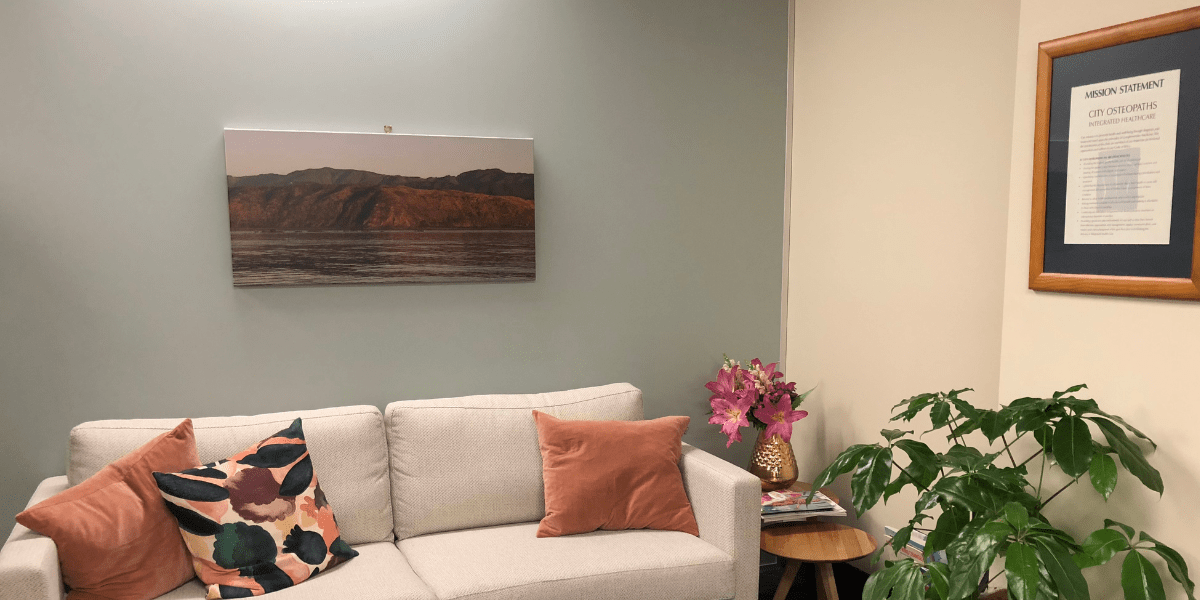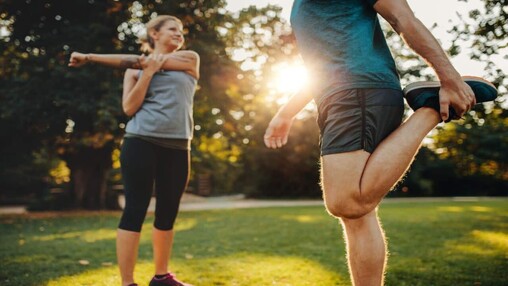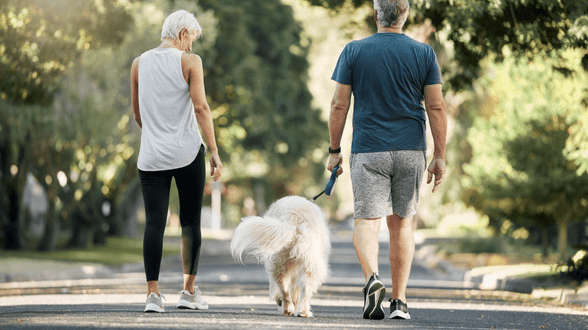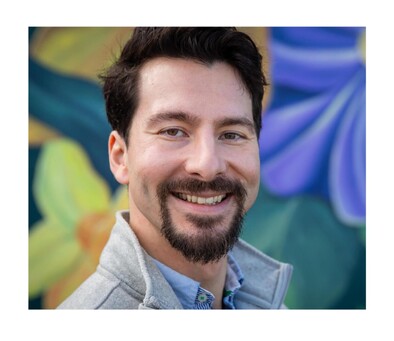Somewhere around the age of forty, the wheels start to come off. Subtle at first: the morning stiffness, the hip that clicks like a broken metronome, the knees that howl with the savage joy of your youth’s forgotten crimes. Then suddenly, you’re staring down the barrel of fifty or sixty, and your body has become a grotesque carnival of creaks, groans, and mutinous cartilage.
Friends, half-strangers, and even medical professionals will affix the expression of sympathetic relatability and tell you this is “normal.” That this is all part of ageing. Encouraging you to keep quiet, sit down, and accept the inevitable slow decline.
But to accept your own decay is anything but normal. This is entropy grinding its teeth. Because make no mistake: movement is everything. Without mobility, you’re a prisoner in your own skin. Your world shrinks to the size of your armchair. But with mobility? You can keep kicking down doors, hauling bags of groceries, or dancing like a lunatic at your granddaughter’s wedding.
That’s where osteopathy comes in. Not as salvation, but as sabotage against decay. It’s hands on flesh, joint by joint, tendon by tendon. Blood and fascia coaxed back into motion. Breathing life back into the machinery of your body. With gentle hands, pinpoint advice, and the absolute refusal to let decay dictate the terms of your existence. We help you stay dangerous. So you can still walk into a room and own it, still climb the stairs two at a time, still grab time by the throat and squeeze.
Osteopathy isn’t just another flavour of massage, joint crack, or health checklist. It’s bigger than that. It looks at the whole system; bones, joints, muscles, blood flow, nerves, the works. Because when you’re fighting age, you can’t just treat one squeaky wheel; you’ve got to tune the whole machine. That’s why we don’t just adjust your back or stretch your hamstrings and send you packing. We trace the chain, find the weak links, and fix the way your body moves as one piece.
Osteopathy is built for ageing. It’s gentle enough to work with brittle bones and stiff joints, but powerful enough to keep you mobile, balanced, and upright when gravity is scheming to fold you in half. Where other approaches can patch the surface, osteopathy dives into the structure; improving circulation, easing tension, restoring function. It doesn’t just make you feel better for a week; it helps you move better for the long haul. That’s how you age dangerously. That’s how you stay in the fight.
But here’s the ugly truth: you’ve got to meet us halfway. The treatments work, but you can’t just roll in once a year expecting a resurrection. Stay moving. Stretch, walk, lift something heavier than your phone once in a while. Mobility isn’t a gift; it’s a war you fight daily against gravity, time, and the Netflix marathons on your sofa.
Don’t wait until you’re broken. Start early. Keep your body sharp. Use osteopathy not as a last-ditch Hail Mary, but as your maintenance crew in this long, savage ballet against aging.
Because if you’re determined, you can bend entropy just enough to keep going, keep moving, and keep howling at the moon while the world tells you to sit down.
Stay moving. Or die sitting down.
To find out more about the author Andre, click here.
